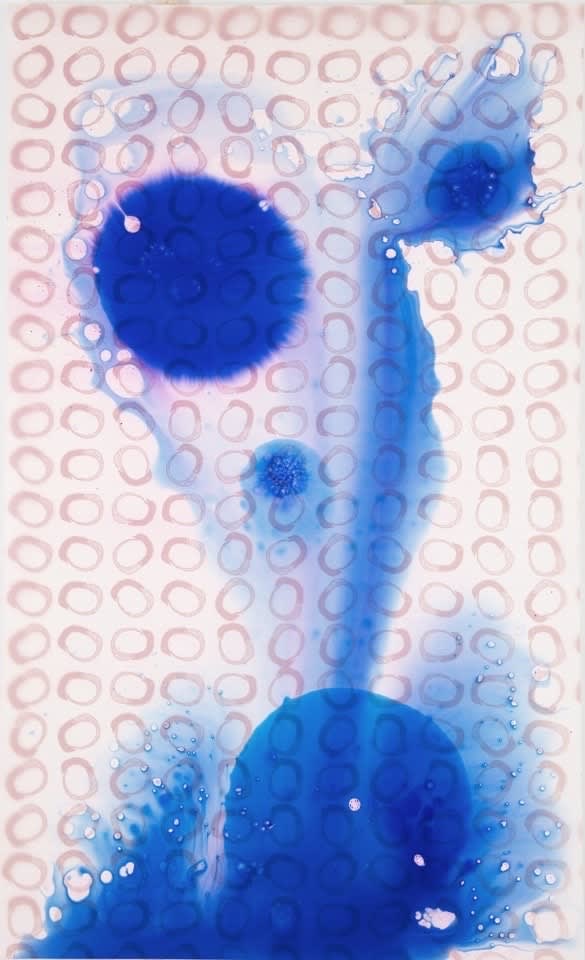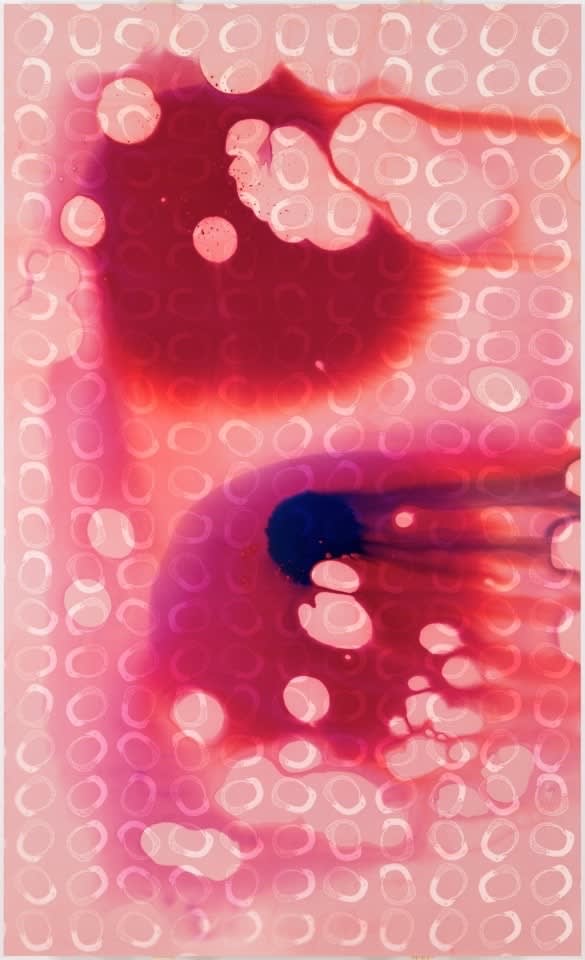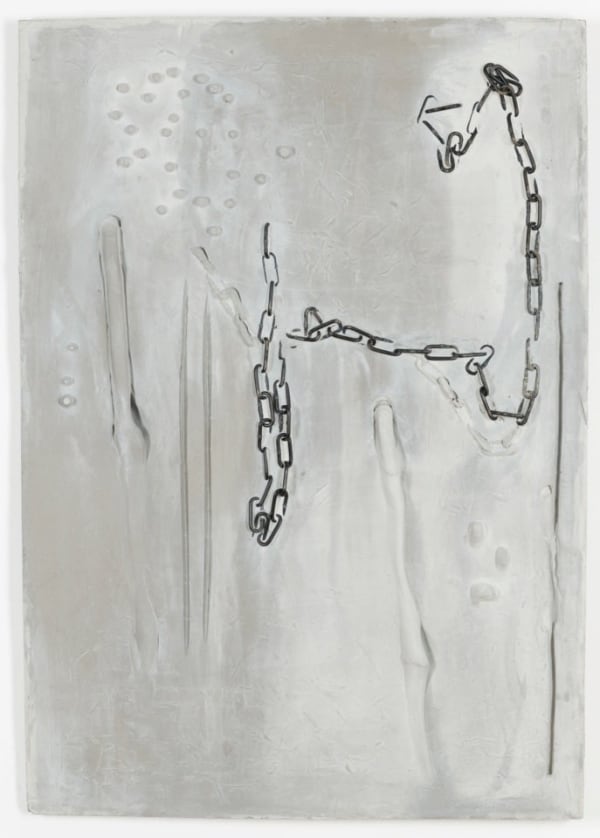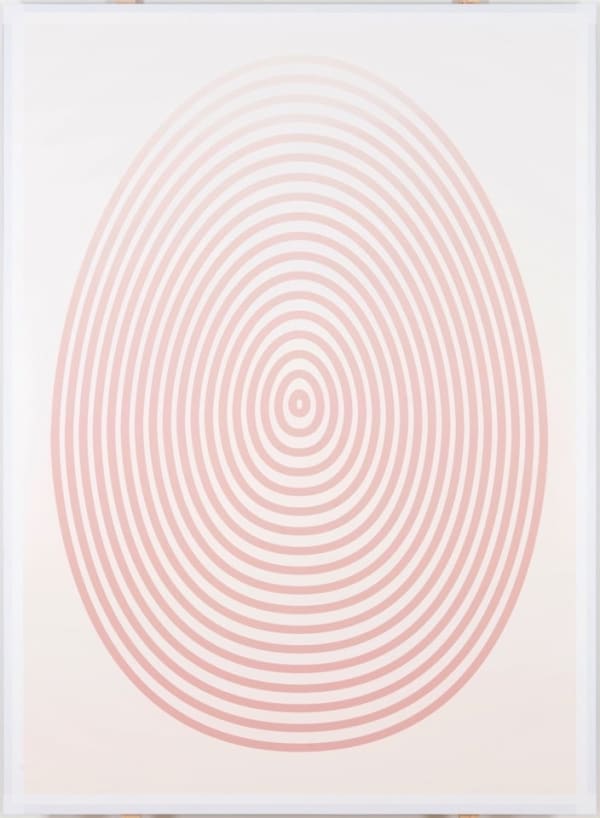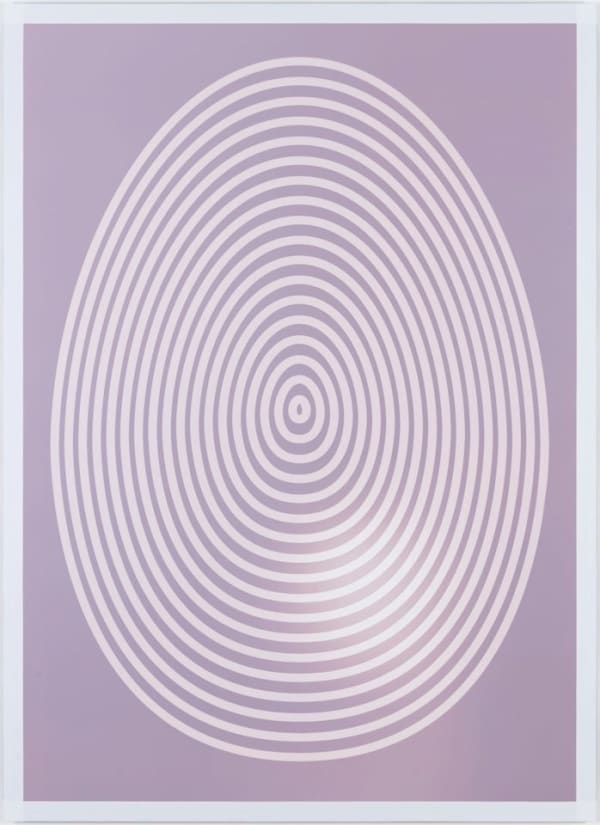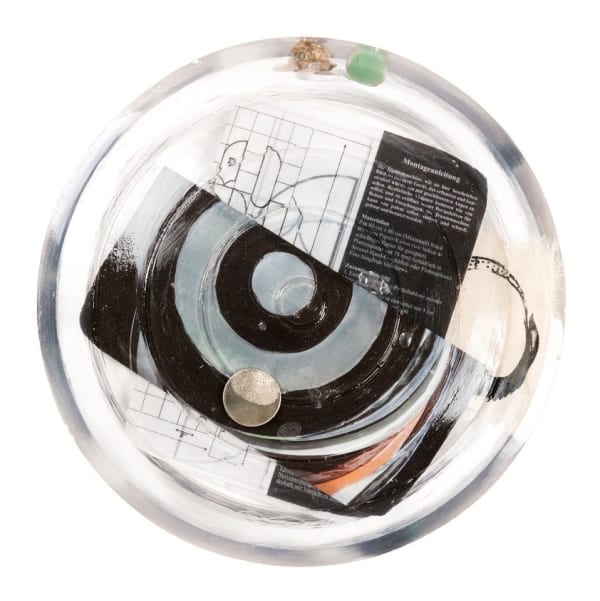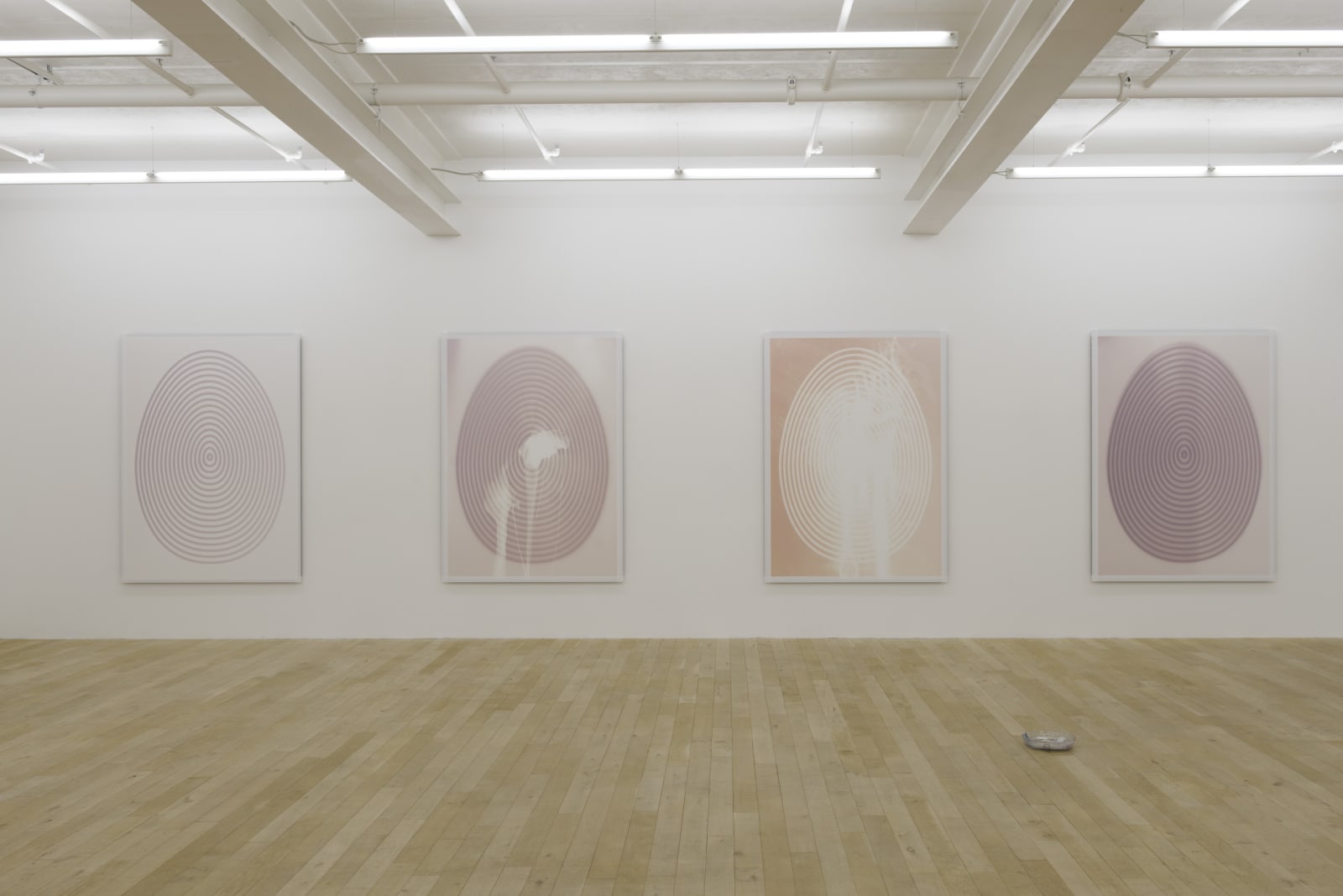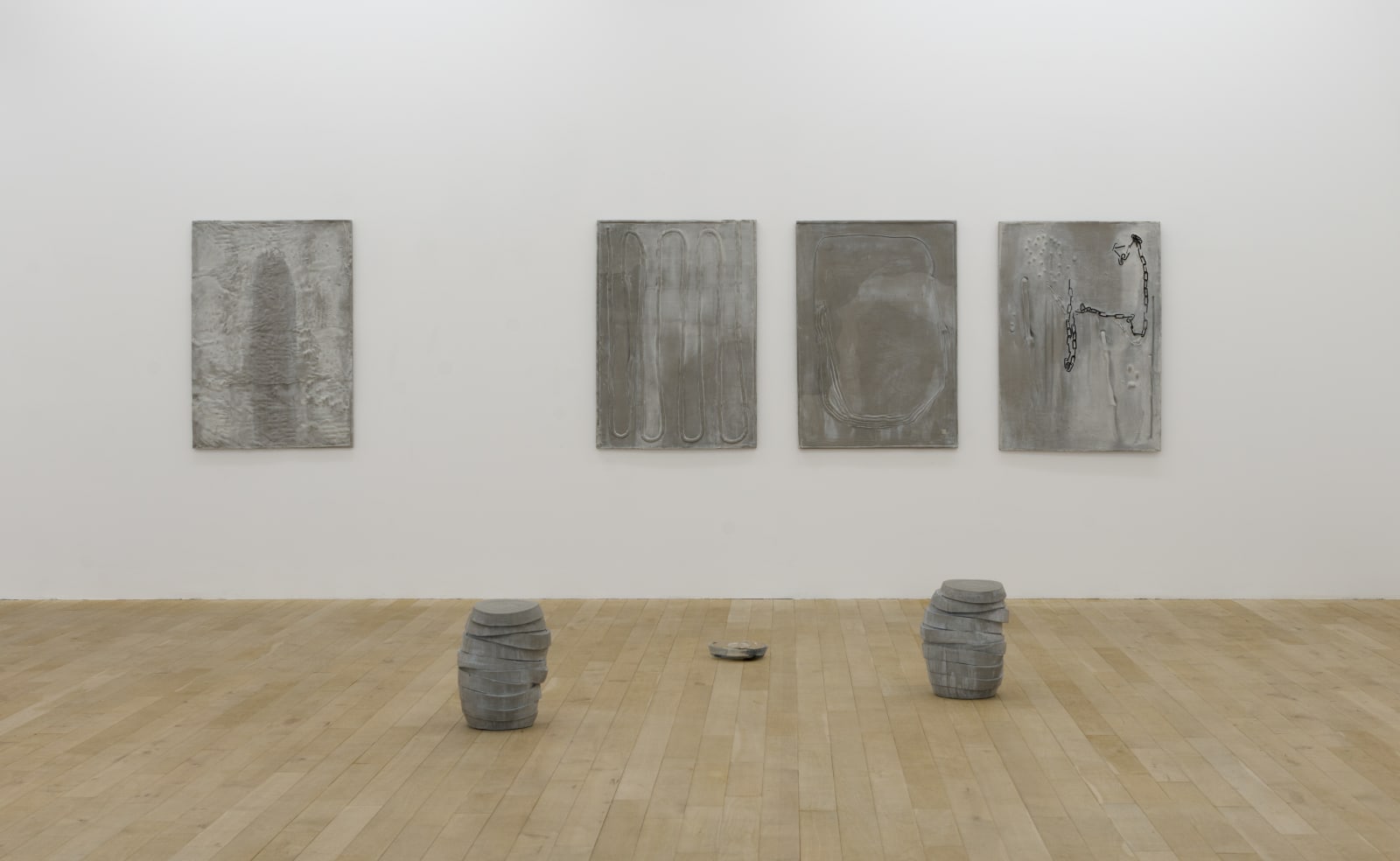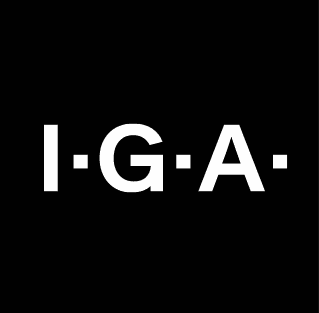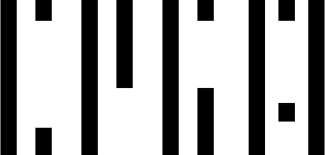Fabian Marti: All is AllGalerie Peter Kilchmann, Zahnradstrasse, Zurich
Galerie Peter Kilchmann is pleased to present Swiss artist Fabian Marti (*1979) for the fourth time in a large single exhibition. Marti was last shown as part of a group exhibition of three in the summer of 2012. Titling his exhibition “All is All” Fabian Marti now presents a new series of sculptures, wall pieces and photograms.
“All is All” – the spiritual idea of wholeness as diverseness of oneness, also understood as “All is One” – has long been a central idea to Marti's concept of art. Single units that combine to a unity, always caught in the act of becoming, without beginning or end – this not only describes the design of Marti's exhibitions, but also the relations and connections in form and content between individual works and even the artist's lifestyle:
“Between shaman and dandy, guru and bohemian, the romantic Fabian Marti has constructed a flexible and slightly antithetic artistic existence. His charisma fluctuates back and forth between an illuminated unveiling of truth and a hermetic somberness. The heavens open and close; the sun disappears and intensifies; truth comes and goes. 'Panta rhei, eveything flows', to summarize it with the most famous Heraclitean phrase.” (Rein Wolfs in: Fabian Marti. and then we mad & qiiyss nlff isssw myttl, Ed. Kunstverein Braunschweig & Kunstmuseum Winterthur, Mousse Publishing, Milan, 2012, p. 84)
-
 Fabian MartiMany Ouroboroi Blue, 2014Ink on silver gelatin print (photogram), taped and mounted on aluminium206 x 125 cm (81.1 x 49.2 in.)Unique
Fabian MartiMany Ouroboroi Blue, 2014Ink on silver gelatin print (photogram), taped and mounted on aluminium206 x 125 cm (81.1 x 49.2 in.)Unique -
 Fabian MartiZen of Running, 2012Single channel video, color, sound, 3.23 min, loopEd. of 5 (+ 2 AP)
Fabian MartiZen of Running, 2012Single channel video, color, sound, 3.23 min, loopEd. of 5 (+ 2 AP) -
 Fabian MartiMany Ouroboroi Magenta, 2014Ink on silver gelatin print (photogram), taped and mounted on aluminium206 x 125 cm (81.1 x 49.2 in.)Unique
Fabian MartiMany Ouroboroi Magenta, 2014Ink on silver gelatin print (photogram), taped and mounted on aluminium206 x 125 cm (81.1 x 49.2 in.)Unique -
 Fabian MartiCapsule (Sex), 2014Concrete43 x 34 x 31 cm (16.9 x 13.4 x 12.2 in.)Variation
Fabian MartiCapsule (Sex), 2014Concrete43 x 34 x 31 cm (16.9 x 13.4 x 12.2 in.)Variation -
 Fabian MartiUnused Energy V, 2014Concrete120 x 85 x 3 cm (47.2 x 33.5 x 1.2 in.)Unique
Fabian MartiUnused Energy V, 2014Concrete120 x 85 x 3 cm (47.2 x 33.5 x 1.2 in.)Unique -
 Fabian MartiUnused Energy II, 2014Metal, concrete121.5 x 85.5 x 3 cm (47.8 x 33.7 x 1.2 in.)Unique
Fabian MartiUnused Energy II, 2014Metal, concrete121.5 x 85.5 x 3 cm (47.8 x 33.7 x 1.2 in.)Unique -
 Fabian MartiVirgin Target Egg (?un), 2014Silver gelatin print (photogram), taped and mounted on aluminium206 x 150 cm (81.1 x 59.1 in.)Unique
Fabian MartiVirgin Target Egg (?un), 2014Silver gelatin print (photogram), taped and mounted on aluminium206 x 150 cm (81.1 x 59.1 in.)Unique -
 Fabian MartiFertilized Target Egg (Winter Suns), 2014Ink on silver gelatin print (photogram), taped and mounted on aluminium1 x 1 cm (0.4 x 0.4 in.)
Fabian MartiFertilized Target Egg (Winter Suns), 2014Ink on silver gelatin print (photogram), taped and mounted on aluminium1 x 1 cm (0.4 x 0.4 in.)
207 x 151 cm (81.5 x 59.4 in.), framedUnique -
 Fabian MartiVirgin Target Egg (Sunn), 2014Silver gelatin print (photogram), taped and mounted on aluminium206 x 150 cm (81.1 x 59.1 in.)Unique
Fabian MartiVirgin Target Egg (Sunn), 2014Silver gelatin print (photogram), taped and mounted on aluminium206 x 150 cm (81.1 x 59.1 in.)Unique -
 Fabian MartiVide-Poche (MARS), 2014Different material casted in polyester, casted metal coins (Marti Coin)5 x 28 x 28 cm (2.0 x 11.0 x 11.0 in.)Unique
Fabian MartiVide-Poche (MARS), 2014Different material casted in polyester, casted metal coins (Marti Coin)5 x 28 x 28 cm (2.0 x 11.0 x 11.0 in.)Unique -
 Fabian MartiVide-Poche (Altered Space), 2014Different material casted in polyester, casted metal coins (Marti Coin)5 x 26.5 x 26.5 cm (2.0 x 10.4 x 10.4 in.)Unique
Fabian MartiVide-Poche (Altered Space), 2014Different material casted in polyester, casted metal coins (Marti Coin)5 x 26.5 x 26.5 cm (2.0 x 10.4 x 10.4 in.)Unique -
 Fabian MartiVide-Poche (dream machine), 2014Different material casted in polyester, casted metal coins (Marti Coin)5 x 28 x 28 cm (2.0 x 11.0 x 11.0 in.)Unique
Fabian MartiVide-Poche (dream machine), 2014Different material casted in polyester, casted metal coins (Marti Coin)5 x 28 x 28 cm (2.0 x 11.0 x 11.0 in.)Unique

